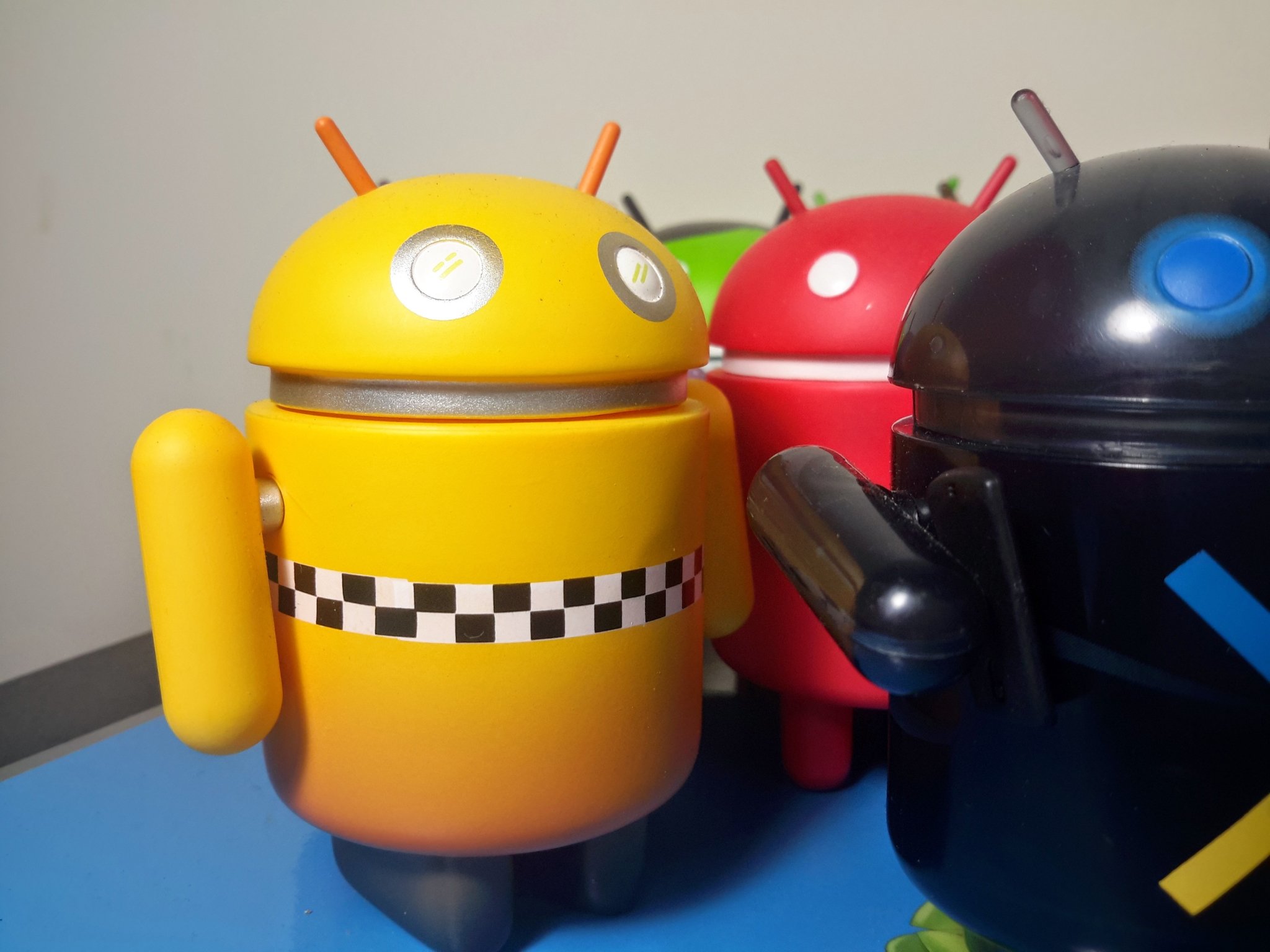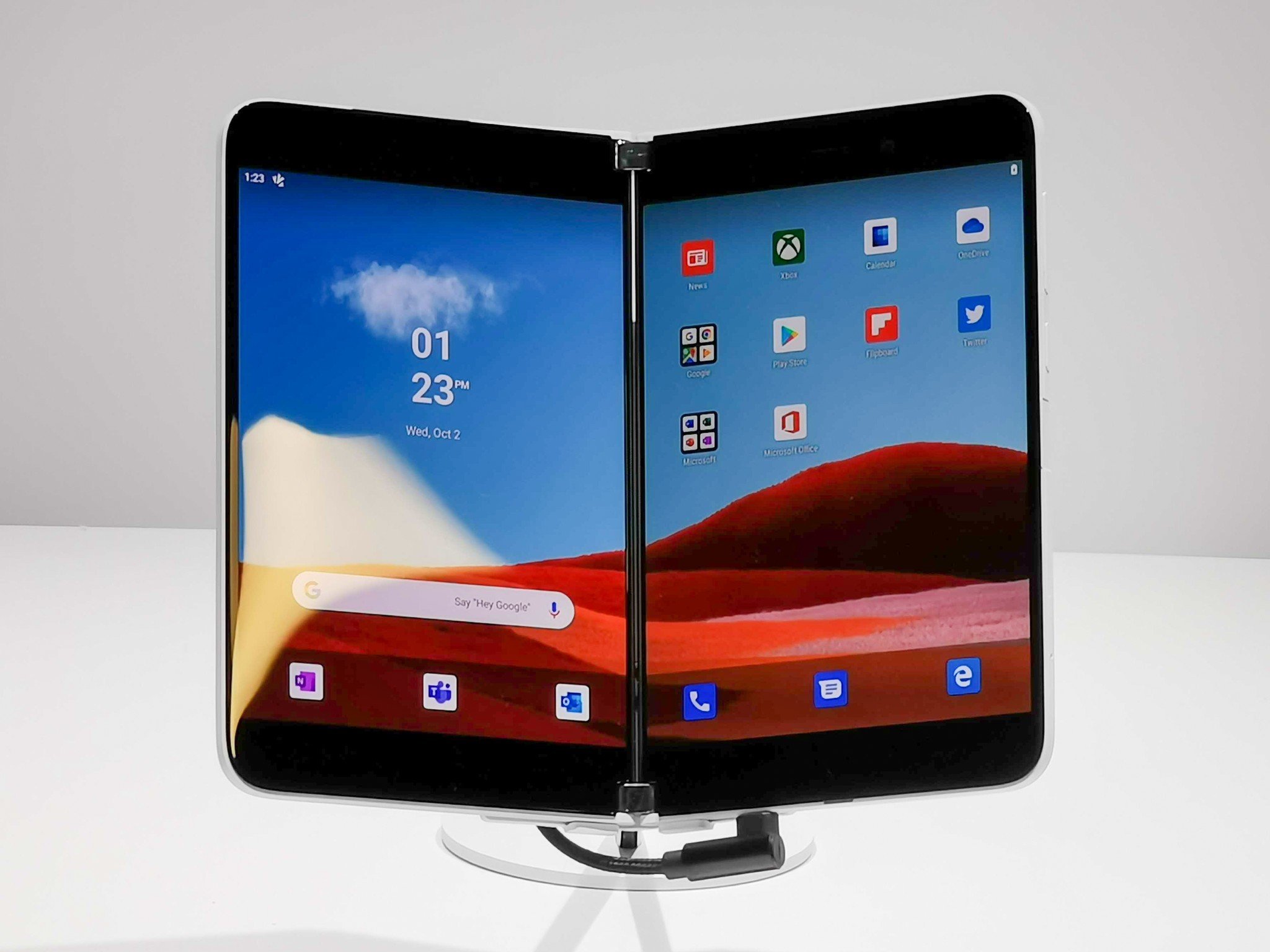Microsoft is treating dual-screen devices the way they need to be treated — as a new platform.
Foldables and other dual-display extra-large phone screens are already a thing. The Galaxy Fold may not have sold millions and millions of units, but after some changes were made to the initial design, the people invested in it love the thing. Motorola is slated to release one very soon. LG has something very similar with the LG G8X. And Microsoft made the internet gasp when it showed off the Surface Duo.
Foldables aren't the future. They're here right now.
Android has support for foldable screen devices built-in, but it's not very comprehensive. That's why Samsung's apps look and act better on the Fold than most apps from the Play Store do. It all hearkens back to the tablet support thing, where support means it will work, but might not work great. This is because most apps have been designed for a 5-inch or so display and there are things in an app that need to stay in the same place no matter how big you scale it up.
Google did a fine job making sure everything would work. But Microsoft is going a step further for the Surface Duo. And it's a step in the right direction.
When your building apps that stretch across one giant screen or two giant screens with a small bezel in the middle, there's a right way and a wrong way. Stretching out a "regular" app might work, but then again it might not work. When you have that much real estate to work with, you should take advantage of it. It's easy to see what I'm talking about if you've ever used a proper tablet app like Google Play Books or Gmail on a proper tablet.
Columns and rows matter. Where media is placed on the layout matters. Where controls, buttons and gadgets are matters. When your device will be two separate displays like Microsoft's will, it really matters.
An app's layout on a giant display is important, especially if it has a bezel in the middle.
That's why Microsoft has already released a preview of the SDK for the Duo, complete with an emulator preview where developers can test how things can be done to take the most advantage of all that screen space. And as a bonus, it is doing the same thing for dual-display Windows 10 devices soon, too.
This is important for Microsoft, who wants apps to look and feel the same on every product with its name on the case. Whether it's Office 365 or Angry Birds, the experience you have on all your devices should feel constant and fluid. And this is coming from a company that hasn't yet released a dual-screen anything. It's great to see ways for developers to get prepared.
Of course, it's easier for Microsoft to do this for its own products. Google can hardly make an SDK that covers every folding or two screen clamshell that will ever run Android because each can and will be very different. The Galaxy Fold is one display that acts very differently that LG's clamshell solution. Motorola's vertical flip is different from either. The next phone will be different from all of those.
It would be tough for Google to offer platform-level support this way, but Google is really good at doing the tough things.
What we do know is that Microsoft is offering support — including hands-on developer days — for it's upcoming foldable Android device well in advance of its launch. There is an incentive for Google and its partners to start doing the same if we ever want a Galaxy Fold to run apps well, then switch for a Motorola RAZR Flip and have the same apps "feel" the same.
Things might be different because of how many Android OEMs there are and each does its own thing — which is exactly what Microsoft is doing, to prove my point — but doing difficult and different things is how great things happen. I want to see Microsoft's strategy copied and refined in a way where every foldable device gets a first-class experience that makes us love it.



